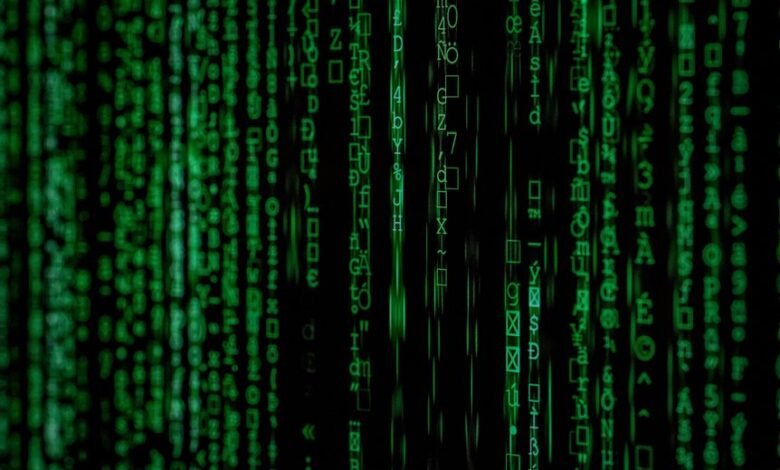Еукфищч: Decoding the Digital Code

The concept of digital communication has evolved significantly, influenced by various factors such as emojis, memes, and algorithms. These elements encapsulate emotions and shape user interactions. Moreover, the role of cryptography in ensuring privacy cannot be overlooked. However, the implications of algorithmic bias and the need for transparency present complex challenges. Understanding these dynamics is crucial for navigating the intricacies of digital language in today's interconnected landscape. What remains unclear are the long-term consequences of these developments.
The Language of the Internet: Understanding Digital Communication
Digital communication has transformed the way individuals interact, creating a unique language that reflects the nuances of online discourse.
Emoji expressions convey emotions succinctly, while meme culture encapsulates shared experiences. Online etiquette governs interactions, ensuring respectful exchanges.
Digital slang and social media language evolve rapidly, incorporating internet acronyms to enhance brevity. Together, these elements form a complex tapestry that defines contemporary digital communication.
Algorithms Uncovered: How They Shape Our Online Behavior
The intricate language of the internet, characterized by emojis, memes, and evolving slang, serves as a backdrop for understanding how algorithms influence online interactions.
Behavioral targeting utilizes user data to curate content, yet this practice often reflects algorithmic bias, inadvertently reinforcing stereotypes.
Consequently, individuals may find their online experiences shaped by unseen forces, raising questions about autonomy and the ethical implications of algorithm-driven behavior.
The Impact of Cryptography on Privacy and Security in the Digital Age
Cryptography serves as a cornerstone for ensuring privacy and security in an increasingly interconnected world.
Advanced encryption methods protect sensitive data from unauthorized access, addressing pressing privacy concerns.
As cyber threats evolve, robust cryptographic techniques become essential for safeguarding personal information and fostering trust in digital communications.
Ultimately, the effectiveness of cryptography shapes the landscape of privacy rights in the digital age.
Conclusion
In the vast digital landscape, where words often dance in the form of emojis and memes, the language of the internet continues to evolve, reflecting the complexities of human emotion and interaction. Algorithms act as unseen architects, shaping our online behavior with precision, while cryptography stands as the vigilant guardian of our privacy. As we navigate this intricate web of digital communication, understanding its nuances becomes crucial, revealing the profound interplay between technology and the human experience.






